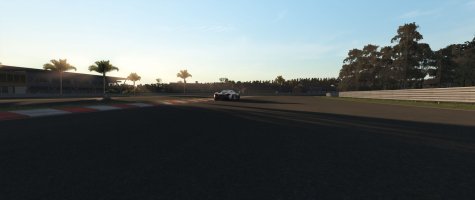Mr Latte
Premium
Will check out the latest effects shared this afternoon.
One last question are any of these "G" effects including tyre slip or are you intending to do slip effects as well?
An example: wheelsip can be very active with no or little motion "G" loads
A burnout or low-speed corner exit, so while the "G Load" may not be that active or high the spinning tyre could be highly active and vary based on the car (FWD RWD 4WD)
Is your intention to add another effect or combine these "G" effects with the standard "Wheelslip"?
One last question are any of these "G" effects including tyre slip or are you intending to do slip effects as well?
An example: wheelsip can be very active with no or little motion "G" loads
A burnout or low-speed corner exit, so while the "G Load" may not be that active or high the spinning tyre could be highly active and vary based on the car (FWD RWD 4WD)
Is your intention to add another effect or combine these "G" effects with the standard "Wheelslip"?
Last edited:















